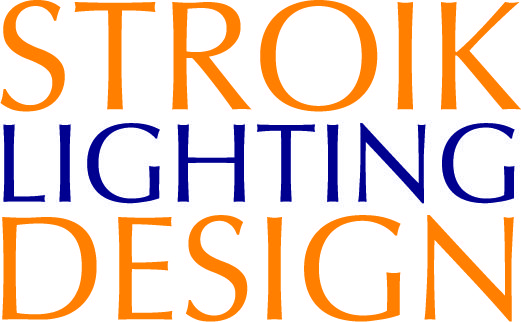 Lighting sets the mood of your space. It highlights your guests and your food. So, having the perfect restaurant lighting to enhance your space is a must.
Lighting sets the mood of your space. It highlights your guests and your food. So, having the perfect restaurant lighting to enhance your space is a must.
As we’re lucky enough to work with the amazing, artistic team at Stroik Lighting Design (SLD) on an innovative, new restaurant project for our Farmers Restaurant Group client Farmers & Distillers, we approached our friend and colleague at SLD, Christopher Stroik, with a Q&A so he can offer us, and our clients, ideas and best practices re: the concept of Lighting as Art + Design.
TELL US ABOUT SLD’s DESIGN APPROACH & PROCESS.
Founded in 2014, we serve the metropolitan Washington-DC area as a full service lighting design practice where collaboration is key. We believe in working directly with clients to explore all areas of development (i.e. function, budget, energy, green initiatives, maintainability) and realization of each project, while utilizing cutting edge technology and practical experience.
WHAT DRIVES YOUR DESIGN PROCESS?
I believe great lighting is inextricably tied to experience. As such, one’s engagement with space, place, objects, other people, and events is a kind of real presence of body, mind, and spirit that allows for non-distracted appreciation of the moment. Great lighting fosters visual cues, connections, and emphasis of spatial and formal expressions. I see lighting design as a kind of problem solving process that is directly related to the larger architectural or artistic ambitions of a project.
WHAT ARE YOUR TOP LIGHTING TIPS?
- Clarify objectives with design team. It’s critical to establish a project’s ultimate objectives in order to synthesize those ideals into a design that is fitting, appropriate, respectful, harmonious, and expressive.
- Model. Mockup. Lighting is an experiential medium that is difficult to assess without direct experience. We routinely review product performance, effects, and integration options through testing products, modeling design features, and mockups of conditions to confirm and refine options if needed.
- Take a stand. There are many forces at play in the construction industry and one of the trickiest is money. Often a lighting budget is not determined in the beginning of a project and if pressed is often relegated to a small percentage of cost expectations. Therefore, it’s critical to “take a stand” on budget to ensure the project is appointed appropriate lighting systems relative to its scope. Sometimes this requires the lighting designer to roll up their sleeves and get into the weeds of cost and competition between manufacturers to ensure the client is getting a true, cost effective solution to fit the project.
- Do your homework. Whether a project features natural light or high-tech electric light or an artistic combination of the two, take the time to explore your options and learn about the huge impact that manipulation of light, innovative illumination systems and controls, and the like have on how the right lighting design can transform the look and feel of a space.
ANY FINAL ADVICE FOR LIGHTING AS ART + DESIGN SUCCESS?
Learn from and enjoy the process. Work collaboratively to challenge yourself and those around you to ultimately find solutions that are expressive of the group. I believe that the meanings expressed or manifested through light ultimately reflect upon the vision of a larger collection of voices
